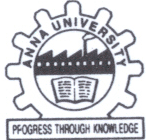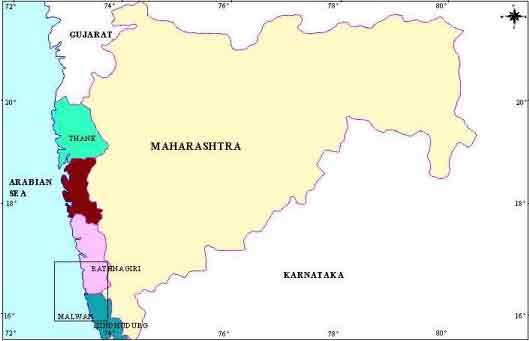| Ecologically
Important Areas of Maharashtra Coast | ||
| | ||
|
Ecologically
Important Areas | ||
|
Home | Ecologically Important Areas of Maharashtra Coast: Institute for Ocean Management has identified Malvan and Ratnagiri under the category of ecologically important areas in the state of Maharashtra.
Geographical Location: Maharashtra has an area of 3,07,690 Sq.kms with a population density of 256/Sq.km.. Maharashtra is the third largest state in the country both in terms of size and population. It is bordered by the Arabian sea in the west, Gujarat in the North-West, Andhra Pradesh in the South-East and Karnataka and Goa in the South. The Sahyadris Western Ghats run parallel to the Sea Coast. The main rivers flowing through the state are Godavari, Bhima and Krishna. The state of Maharashtra stretches from the coast of the Arabian sea along the Western Ghats to the Deccan Plateau. The Maharashtra coast is characterized by pocket beaches flanked by rocky cliffs of deccan basalt; estuaries and patches of mangroves. Maharashtra state has about 720 km long indented coastline, which is marked by the presence of major estuaries and narrow creeks. It comprises the coastal districts of Thane, Raigad, Greater Bombay, Ratnagiri and Sindhudurg. The Shoreline is generally straight. The area receives over 300cms of annual rainfall spread over 4 months of the year. Physiographically the area can be divided into 3 parts from the west to east as follows:
The
main drainage in the coastal area trends in a general East-West direction and
flows to the Arabian sea in the west. The Dudh, Vaitarna, Ulhas, Amba, Kundalika,
Vashishthi, Savitri, Shastri and Terekhol rivers and their tributaries form the
main drainage. | ||||||||||||||||||
|
Home | Introduction | Objectives | Methodology | EI Areas | Info in Detail | |||||||||||||||||||



